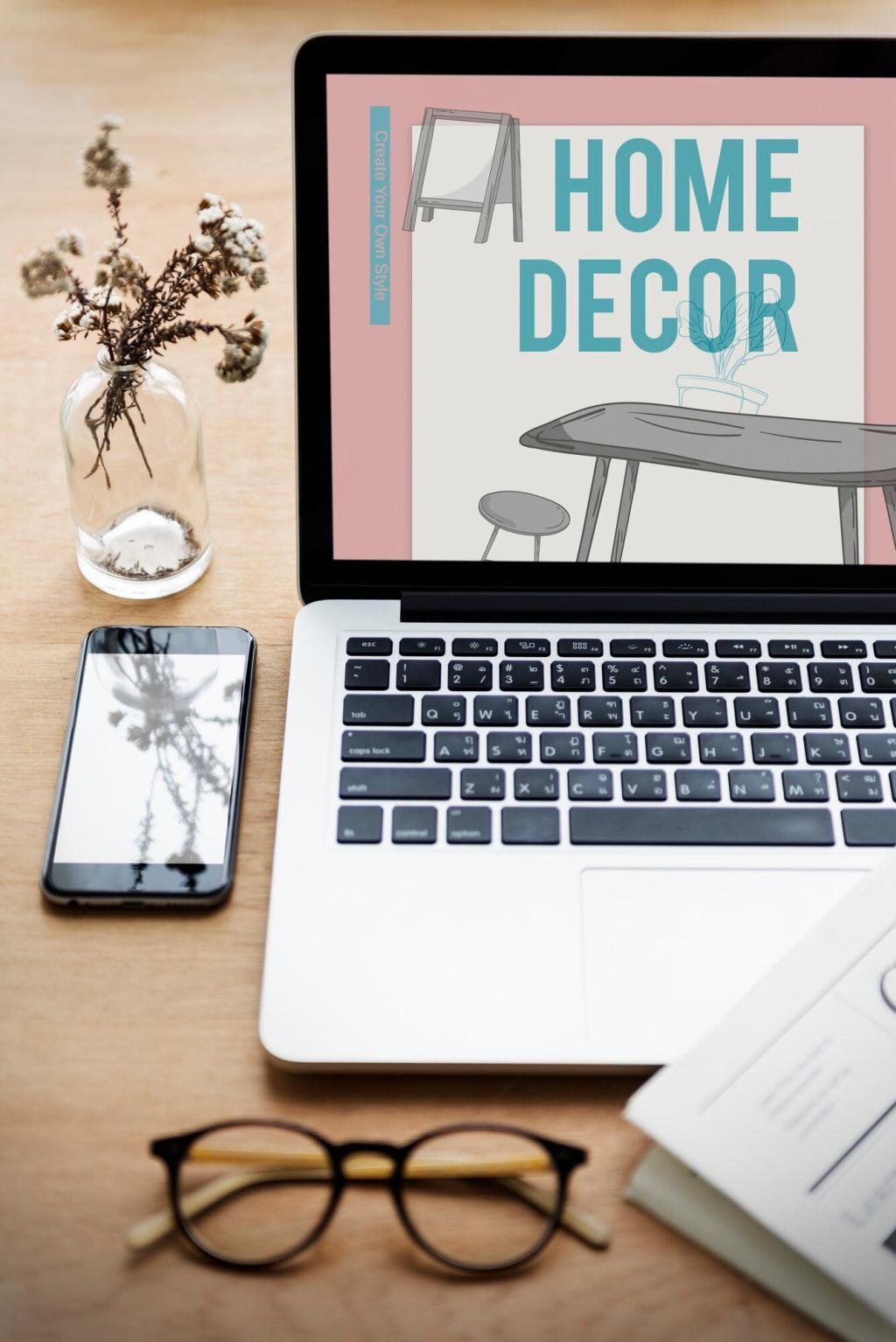Voice and Tone for Interior Brands
Is your brand voice curator, confidant, or craftsperson? Curator speaks in crisp, artful lines; confidant leans warm and conversational; craftsperson sounds precise, material-driven, quietly proud. Pick one, then test it against real project descriptions.
Voice and Tone for Interior Brands
Keep voice consistent while adjusting tone. Website case studies feel reflective and authoritative; Instagram captions lean intimate and immediate; proposals sound respectful and clear. Each shift supports the same story, never diluting the underlying character.







